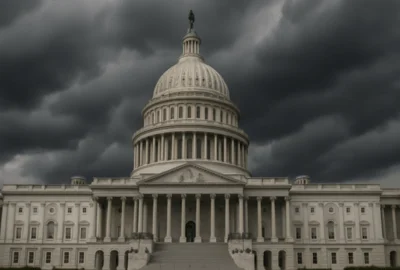The U.S Environmental Protection Agency's recent virtual meeting with its Mexican counterpart has been a key step toward addressing environmental and health priorities at the border.
EPA and Mexico's Ministry of the Environment and Natural Resources (SEMARNAT) met May 13, in their first public National Coordinators meeting under the Border 2025 Program, according to an EPA news release. Attendees discussed environmental and climate-related priorities for climate, environmental justice and equity and how to be more inclusive of Mexico’s indigenous and Afro-Mexican communities while also addressing environmental challenges.
"Binational collaboration is key in tackling environmental and public health challenges along the U.S.-Mexico border," Assistant Administrator for the Office of International and Tribal Affairs Jane Nishida said in the news release. "EPA is committed to working with our counterparts in Mexico, as well as our state, local and Tribal partners, and key stakeholders, to protect the health and safety of the vulnerable and underserved communities along the border."
"For Mexico, it is very important to build binational solutions by engaging, listening and deciding jointly with indigenous and local communities on both sides of the border to recognize the knowledge they have of their territory, guarantee the right to a healthy environment and promote environmental justice for the most vulnerable communities in both countries," Miguel Angel Zeron, head of SEMARNAT's International Affairs Coordination Unit and Mexico's National Coordinator, said in the news release.
Border 2025, only the latest environmental program from the La Paz Agreement of 1983, is intended to emphasize a regional and community-level, bottom-up approach in making decisions, setting priorities and projections for implementing solutions to environmental and public health challenges in the US-Mexico border region.









